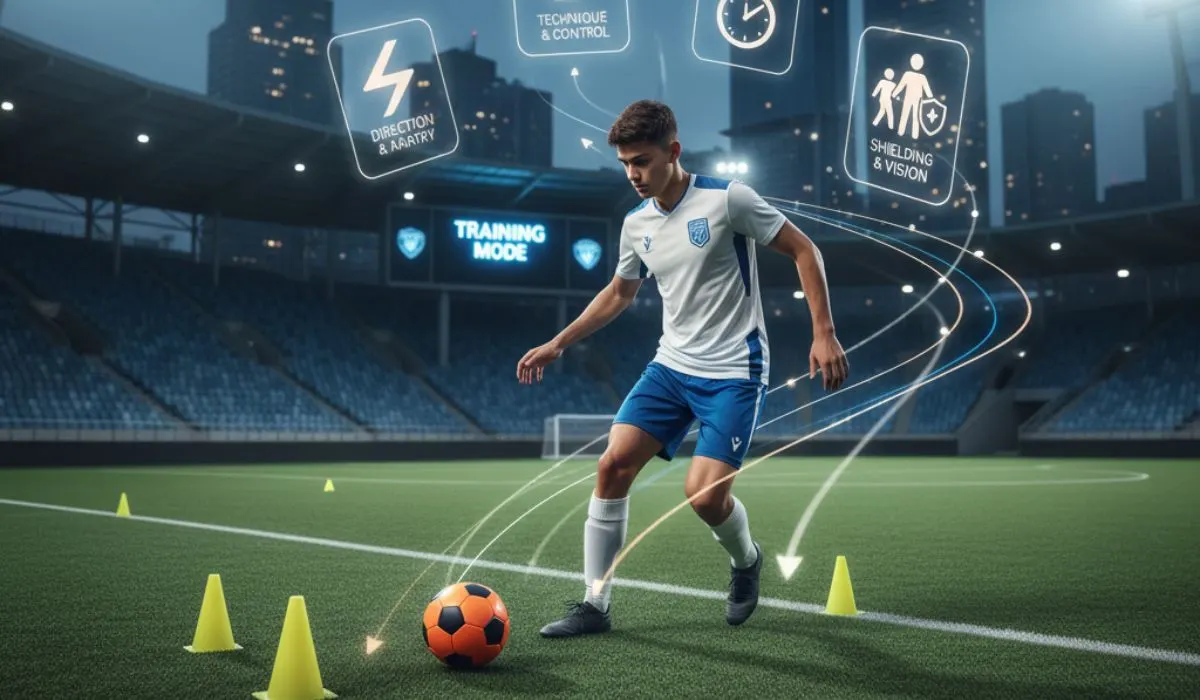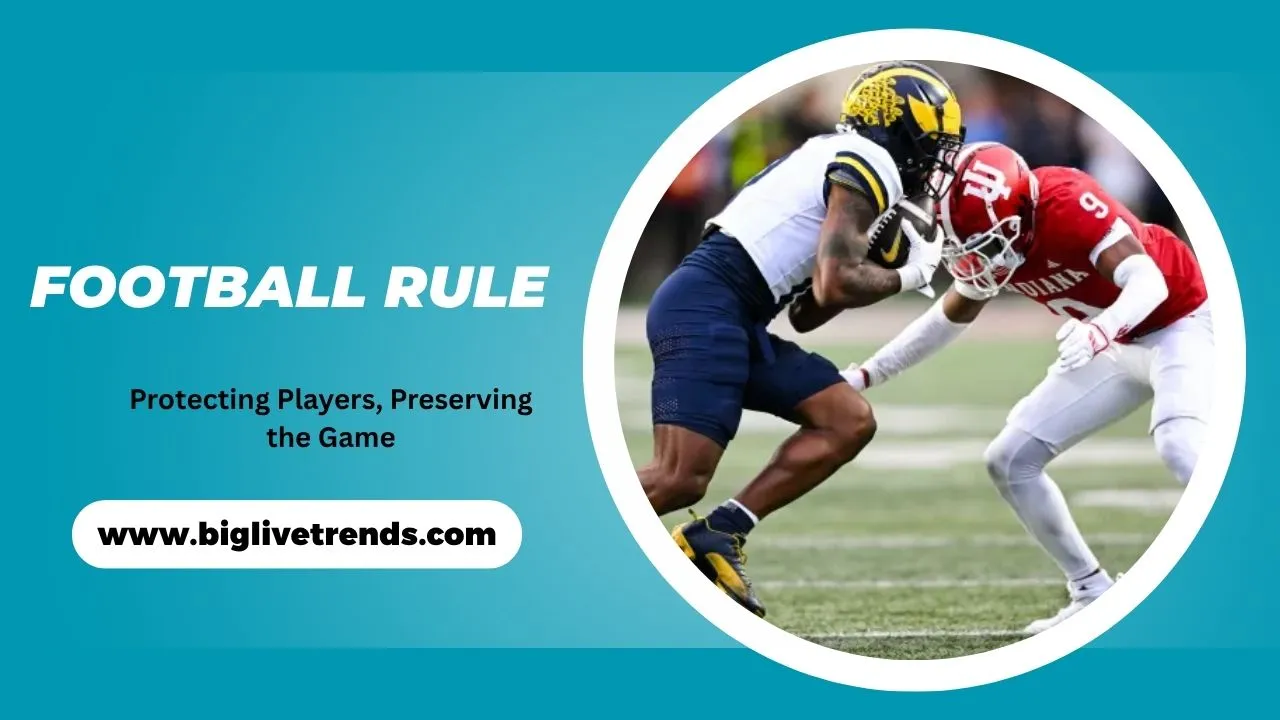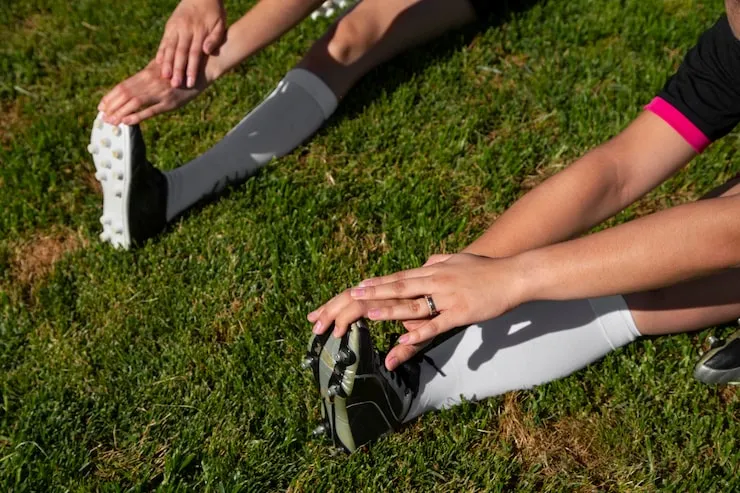
Dribbling is one of the most essential skills in football. Whether you are an aspiring professional or a casual player, mastering ball control and dribbling can significantly impact your performance on the field. Good dribbling allows players to evade opponents, create scoring opportunities, and maintain possession under pressure. If you want to know how to improve football dribbling skills, this comprehensive guide will help you with proven techniques, drills, and strategies.
Understanding the Basics of Football Dribbling
Before diving into advanced dribbling moves, it is crucial to understand the fundamentals. Dribbling is not just about running with the ball—it involves precise control, quick footwork, and awareness of your surroundings.
-
Body Position: Maintain a low center of gravity by bending your knees slightly. This stance improves balance and agility.
-
Ball Control: Keep the ball close to your feet, using the inside, outside, and sole of your foot to maneuver around defenders.
-
Vision: Always keep your head up to scan the field while dribbling. Awareness allows you to anticipate opponents’ movements.
Focusing on these basics ensures a strong foundation before progressing to more complex techniques.
Essential Dribbling Techniques
Mastering a variety of dribbling techniques gives you versatility on the field. Here are key techniques to practice regularly:
-
Inside-Outside Dribble: Alternating touches with the inside and outside of the foot improves ball control and agility.
-
Pull-Back: This move involves pulling the ball back with the sole of your foot to change direction quickly.
-
Step-Over: Fakes out defenders by stepping over the ball without touching it and then moving it in the opposite direction.
-
Body Feints: Shift your body weight to mislead opponents while keeping the ball close.
-
Shielding: Use your body to protect the ball from defenders while maintaining dribbling momentum.
Regular practice of these techniques ensures that you can navigate through tight spaces and take advantage of scoring opportunities.
Dribbling Drills to Boost Your Skills
Effective drills are essential for improving football dribbling. Here are some recommended exercises:
-
Cone Dribbling: Set up cones in a zigzag pattern and dribble through them using various touches. Focus on speed and control.
-
1v1 Drills: Practice dribbling against a teammate or opponent to simulate real-game situations.
-
Circle Dribbling: Dribble in a small circle while changing directions frequently to improve agility.
-
Speed Dribble: Sprint while maintaining ball control, alternating between slow touches and fast bursts.
-
Obstacle Courses: Create challenging courses with cones, poles, or markers to enhance ball handling under pressure.
Incorporate these drills into your weekly training routine to see measurable improvements in agility, coordination, and confidence.
Improving Agility and Footwork
Dribbling is not just about moving the ball; it’s about how efficiently your body moves. Improving footwork and agility makes you unpredictable to defenders.
-
Ladder Drills: Use agility ladders to practice quick foot movements and improve coordination.
-
Plyometric Exercises: Jumping, sprinting, and lateral movements strengthen muscles for better balance and speed.
-
Change of Pace: Learn to switch between slow and fast movements while dribbling to surprise opponents.
By enhancing agility, you will be able to maneuver through tight defenses and maintain better control under pressure.
Mental Aspects of Dribbling
Mental sharpness is as important as physical skills in football. A player with strong dribbling skills must also possess decision-making abilities and confidence.
-
Anticipate Defenders: Study opponents’ movements to plan your next dribble effectively.
-
Stay Calm Under Pressure: Maintain composure while dribbling in tight situations to prevent losing the ball.
-
Confidence: Practice regularly to build self-assurance in your dribbling abilities.
Mental preparation ensures you make smart decisions and maximize your dribbling efficiency during matches.
Tips for Beginners
For beginners, improving dribbling skills requires patience and consistency. Here are some beginner-friendly tips:
-
Practice Daily: Even 15–20 minutes a day can make a difference.
-
Focus on Technique First: Speed comes later; prioritize proper ball control and footwork.
-
Start Slow: Master movements slowly before increasing speed.
-
Watch Professional Players: Study how top footballers dribble in matches.
-
Track Progress: Record your dribbling sessions to identify strengths and areas for improvement.
Following these tips consistently will set a strong foundation for your dribbling skills.
Advanced Dribbling Moves for Competitive Players
Once you are comfortable with the basics, advanced moves can help you dominate the field:
-
Roulette: A 360-degree spin to evade defenders.
-
Elastic Move: A combination of footwork and body feints to bypass opponents.
-
Drag Back Turn: Quickly dragging the ball back and changing direction to escape pressure.
-
Nutmeg: Passing the ball between an opponent’s legs and regaining possession.
Practicing these moves in controlled drills and then in match situations will make you a more unpredictable and dangerous player.
Maintaining Consistency and Tracking Progress
Consistency is key to improvement. Regular training sessions, coupled with self-assessment, are crucial for mastering dribbling skills.
-
Set Goals: Define short-term and long-term objectives for your dribbling progress.
-
Record Sessions: Use video recordings to analyze technique and identify areas needing improvement.
-
Participate in Matches: Applying dribbling skills in actual games reinforces learning and builds confidence.
-
Feedback: Seek advice from coaches or experienced players to refine techniques.
By maintaining a structured practice routine, you can steadily elevate your football dribbling skills.
Conclusion
Improving football dribbling skills requires a combination of technical mastery, physical agility, and mental sharpness. By focusing on fundamentals, practicing essential and advanced techniques, and committing to consistent drills, players can enhance ball control, evade defenders, and excel on the pitch. Whether you are a beginner or an experienced player, applying these strategies will help you become a more versatile and confident dribbler.





